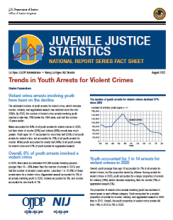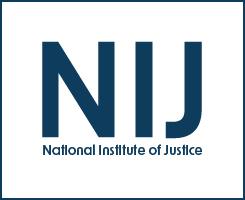Violent crime
Identifying the Scope and Context of Missing and Murdered Indigenous Persons (MMIP) in New Mexico and Improving MMIP Data Collection, Analysis, and Reporting
Understanding and Responding to Domestic Extremism Financing
Understanding the Complete Spectrum of the Left-Wing and Environmental Movement: A Data Driven Approach
Examining the Effect of Oregon’s Measure 110 on Racial and Ethnic Disparities in Criminal Justice Outcomes
Trends in Youth Arrests for Violent Crimes
Human Trafficking Project
Gun Wars and Community Terrorization: Investigating Longitudinal Gang Violence in New Jersey from a Networked Perspective
Arrests of Youth Declined Through 2020
What's Possible with Rapid DNA Technology?
NIJ scientist Tracey Johnson joins science writer Sarah Michaud in this episode. They discuss Rapid DNA technology, and Tracey explains the complexities of this technology – its pitfalls and its possibilities.
Reading and Resources from NIJ:
Domestic Radicalization and Deradicalization: Insights from Family and Friends
Evaluation of Technology-based Advocacy Services (ETA): Technical Report, Executive Summary
Tribal Crime, Justice, and Safety
Tribal Crime, Justice, and Safety, Part 1
Research indicates that Native American persons experience crime victimization at higher rates than non-Native people. Furthermore, the unique position of American Indian and Alaska Native tribes as both sovereign nations and domestic dependents of the U.S. creates jurisdictional complexities in responding to crime, justice, and safety. Senior social and behavioral scientist Christine (Tina) Crossland discusses NIJ’s research on these topics, especially on the prevention of violence towards American Indians and Alaska Natives. Communications Assistant Stacy Lee Reynolds hosts.







